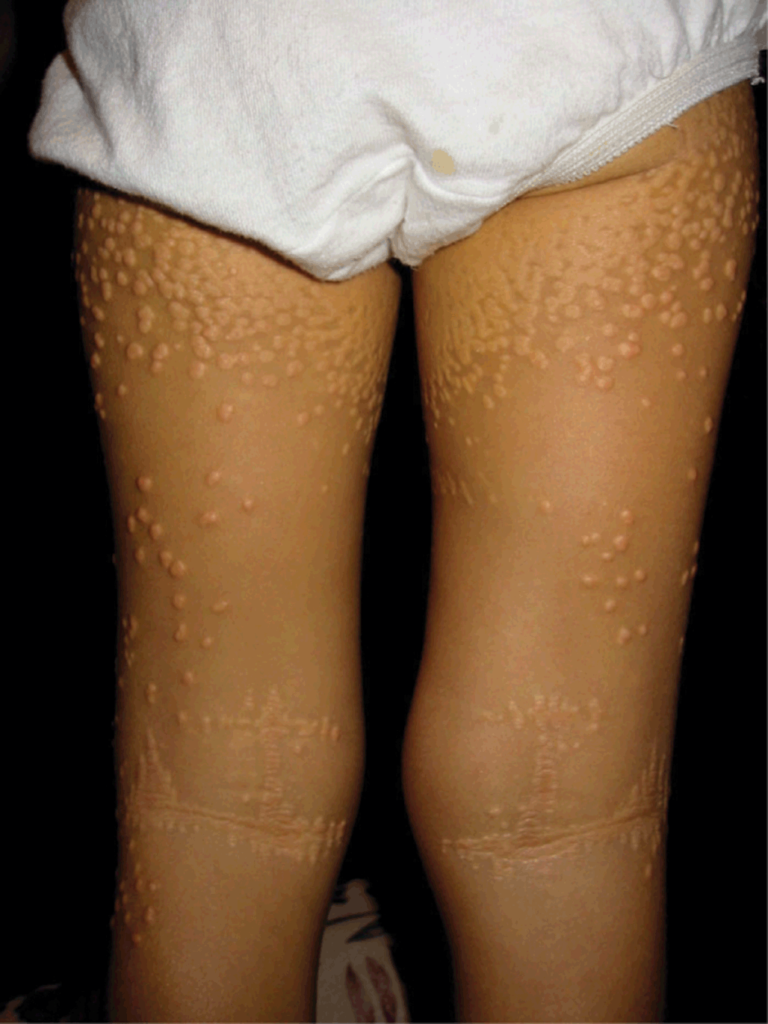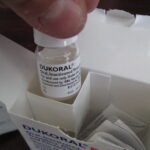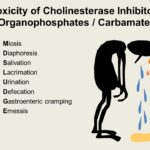Cholestatic pruritus in patients with alagille syndrome is a debilitating condition commonly associated with Alagille syndrome (AGS), a rare genetic disorder characterized by liver abnormalities. This article explores the underlying mechanisms, clinical presentation, and evidence-based treatment strategies for managing pruritus in AGS patients.

Understanding Alagille Syndrome and Its Link to Cholestatic Pruritus
Alagille syndrome is an autosomal dominant condition caused by mutations in the JAG1 or NOTCH2 genes. These mutations disrupt bile duct development, leading to bile flow obstruction (cholestasis). Cholestatic pruritus arises from the accumulation of bile acids, lysophosphatidic acid (LPA), and other pruritogens in the bloodstream.
Pathophysiology of Cholestatic Pruritus
The exact mechanism of pruritus in cholestasis is not fully understood, but key factors include:
- Bile Acid Retention: Impaired bile flow increases bile acid levels in systemic circulation, irritating peripheral nerve endings.
- Lysophosphatidic Acid (LPA): LPA, activated by autotaxin, is a potent pruritogen contributing to the sensation of itching.
- Endogenous Opioids: Elevated levels of endogenous opioids in cholestasis may amplify pruritus through central nervous system modulation.
Clinical Presentation of Cholestatic Pruritus in Alagille Syndrome
Pruritus in AGS is often severe and chronic, significantly affecting the quality of life. Key symptoms include:
- Generalized or localized itching, often worse at night.
- Excoriations and secondary skin infections due to scratching.
- Emotional distress, fatigue, and impaired sleep patterns.
Diagnostic Approach
The diagnosis of cholestatic pruritus involves a comprehensive evaluation:
- Medical History and Physical Examination:
- Assess for itching severity, duration, and impact on daily life.
- Identify characteristic signs of AGS, including xanthomas and jaundice.
- Laboratory Tests:
- Liver function tests: Elevated bilirubin, bile acids, and liver enzymes.
- Genetic testing to confirm JAG1 or NOTCH2 mutations.
- Imaging Studies:
- Ultrasound or MRCP to assess bile duct abnormalities.
- Liver biopsy in selected cases to evaluate fibrosis or cirrhosis.
Treatment Strategies for Cholestatic Pruritus
Managing cholestatic pruritus in Alagille syndrome requires a multidisciplinary approach. Treatment options include pharmacological, non-pharmacological, and surgical interventions.
Pharmacological Therapies
- Bile Acid Sequestrants:
- Cholestyramine binds bile acids in the intestine, reducing systemic pruritogens.
- Administer before meals for optimal efficacy.
- Rifampin:
- Stimulates bile acid metabolism and reduces pruritogens.
- Monitor for hepatotoxicity with prolonged use.
- Ursodeoxycholic Acid (UDCA):
- Improves bile flow and reduces bile acid toxicity.
- Particularly beneficial in mild cholestasis.
- Antihistamines:
- Provide symptomatic relief for associated allergic responses.
- Limited efficacy in addressing cholestasis-specific pruritus.
- Nalfurafine and Other Opioid Antagonists:
- Modulate central nervous system pathways implicated in pruritus.
Non-Pharmacological Measures
- Skin Care: Emollients and moisturizers to prevent dryness and irritation.
- UV Light Therapy: Reduces itching through anti-inflammatory effects.
- Psychological Support: Counseling for stress and sleep disturbances.
Surgical and Advanced Interventions
- Partial External Biliary Diversion (PEBD):
- Effective in reducing pruritus by diverting bile away from systemic circulation.
- Liver Transplantation:
- Reserved for severe, refractory cases or advanced liver failure.
Lifestyle Modifications
Patients and caregivers can adopt supportive measures to alleviate symptoms:
- Wear loose, breathable clothing to minimize skin irritation.
- Maintain short fingernails to reduce excoriation during scratching.
- Use cooling compresses for temporary itch relief.
Prognosis and Quality of Life
While pruritus can significantly impact daily life, advancements in treatment have improved outcomes for patients with AGS. A tailored management plan, combining medical therapies and supportive care, is essential for alleviating symptoms and enhancing quality of life

